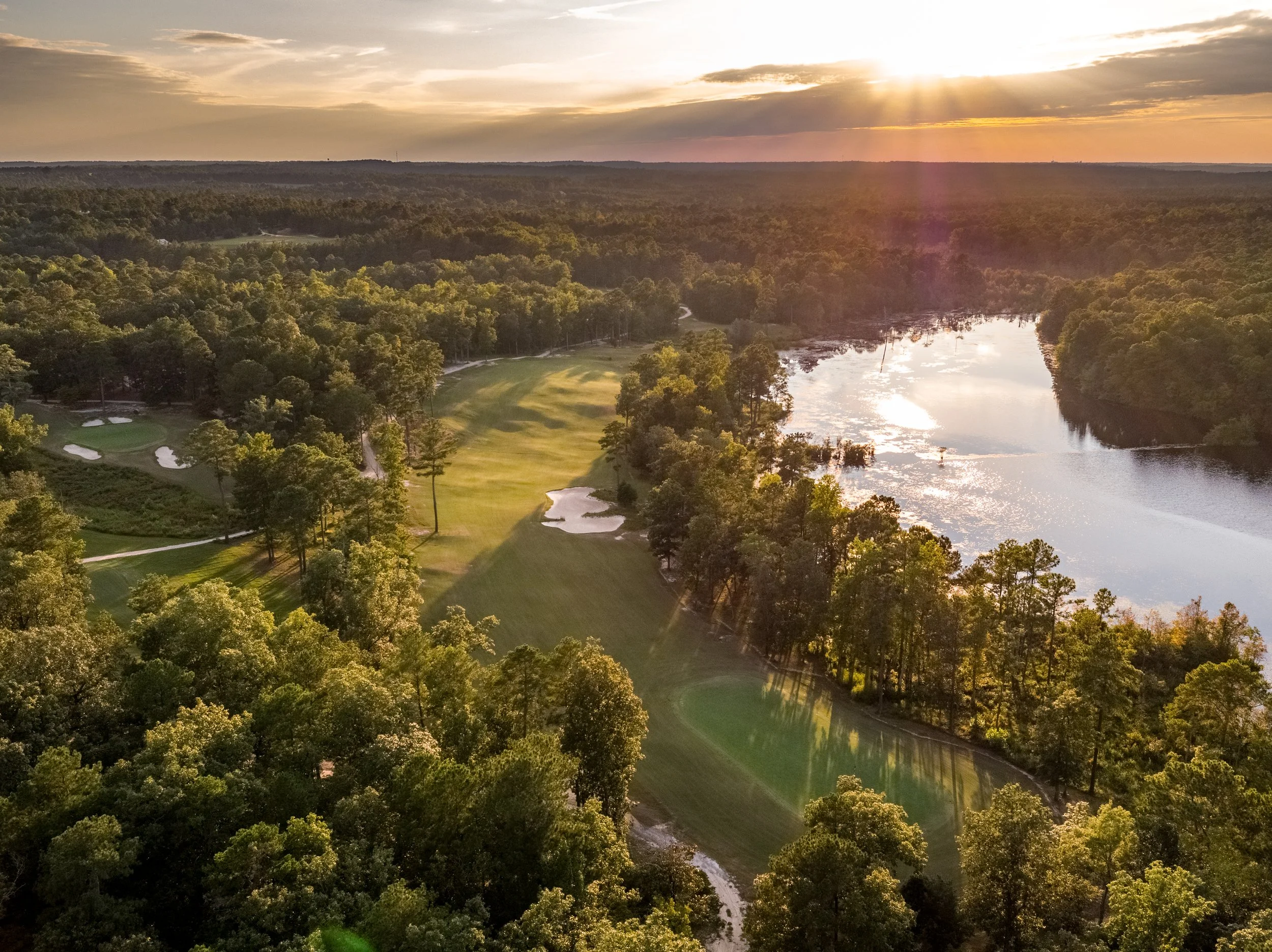How Victoria National Revolutionized Modern Golf Course Design
By Derek Duncan • Golf Digest • November 14, 2024
In a recent article by Golf Digest, Victoria National was recognized as one of 10 sneaky influential clubs that revolutionized modern golf course design.
Victoria National Golf Club
Changes in historical direction can often be traced to concentrated and connected events that appear to occur suddenly, what historians call inflection points. A popular exhibit at the National Gallery of Art in Washington D.C., this year examines an inflection point in painting: An insurgent, subcultural 1874 art display in Paris that, though a commercial and critical failure, set the stage for the Impressionist movement that would dominate art for the next 15 years.
A critical inflection point in contemporary golf design occurred over a roughly 18-month period between the spring and summer of 1998 and the end of 1999, when a collection of high-profile courses opened that would initiate another inevitable movement, this one toward naturalism, that continues to drives golf architecture 25 years later.
These courses showcased a vivid and contrasting new aesthetic geared toward making the architecture look part of nature, aged and less artificial. They also ratified a growing intuition among developers that what traveling golfers wanted above lush green grass, ostentatious service and everything else was visceral excitement and a feeling of exploring uncharted territory.
The seeds for this naturalist movement were planted several years earlier in 1995 with the opening of Sand Hills Golf Club in the remote and difficult to get to Nebraska Sandhills. There, designers Bill Coore, Ben Crenshaw and their crew had only to move earth “by the spoonful,” as one writer put it, to create what is now considered a masterpiece of minimalism and restraint in dunes that were perfectly suited for golf holes.
Now ranked eighth on America’s 100 Greatest Courses, Sand Hills introduced concepts and design elements that altered the way subsequent developers and architects approached their projects. These influences began to matriculate through a new wave of course openings beginning in 1998. The themes manifested differently and in different combinations at each course (just as Impressionist painters had individual styles and subject matter), but collectively these openings signified a shift in architectural tone and presentation.
Specifically, they each worked hard to make the hazards look naturalized and for the holes to blend into their wild environments, real or created. This was a departure from mainstream golf designs that typically emulated the pristine and proudly manicured look of Augusta National, the industrial shaping of Pete Dye, or were otherwise ambivalent about appearing manufactured.
Most were also site-driven, with developers choosing them for the unique potential of the land rather than their ease of access—people would join or travel for the golf, if for no other reason. The new paradigm showed that if the setting and golf were exotic and exciting, players would find it.
Taken together, these 10 courses reset, rather suddenly, the direction of golf design and advanced a broader movement toward naturalism and destination architecture: The majority of courses that came before them did not possesBay Harbor Golf Club: Links/s the same look or raison d'être; afterwards, aspects of this new style infiltrated architecture with momentous regularity.
Victoria National (1998)
Victoria National, in rural Indiana, wasn’t the first golf course to be built on a former mining site, but it was one of the most artistically flamboyant to that point. And also the toughest, due to an imposing site with terrorizing holes that sweep along and over a chain of lakes and waterways (Victoria National has one of the highest Challenge scores among America’s 100 Greatest Courses). The strip mine spoils and deep-cut ravines provided a severely brutalist canvas, but the trick here was how Tom Fazio’s team transformed the site into something that resembles a prairie preserve with holes that tie seamlessly into the aggressive landforms. No one will confuse the design with Sand Hills, but the use of native grasses and the way the course blends into the surrounding landscape felt like a major step forward, even if it’s all the hand of man and machine.
Other courses noted in the article include The Golf Club at Cuscowilla, Whistling Straits: Straits Course, Bay Harbor Golf Club: Links/Quarry, Inniscrone, Tobacco Road, Lost Dunes, Bandon Dunes, Wild Horse, The Bear’s Club.
Read the original article on GolfDigest.com.










